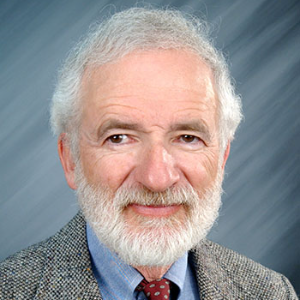Computational Catalysis and Enantioselective Catalysis
Over the last decade, computational catalysis has become one of the most dynamic study disciplines, and it is currently a vital tool for analysing chemical processes and active sites. Consistent advances in processing speed and the maturation of robust software tools have expedited this area's progress, allowing for more realistic models and the application of powerful analysis techniques. The gap between a model and reality is beginning to close as the discipline of computational catalysis grows.
Asymmetric synthesis, also known as enantioselective synthesis, is a type of chemical synthesis. It is described by IUPAC as a chemical reaction (or reaction sequence) that produces stereoisomeric (enantiomeric or diastereoisomeric) products in uneven proportions when one or more new components of chirality are produced in a substrate molecule. In synthetic technique, enantioselective catalysis is still a work in progress. The development of novel mechanistic tools for the study of asymmetric processes, on the other hand, presents some distinct challenges.

Arthur J Nozik
University of Colorado, United States
Stanislaw Dzwigaj
Sorbonne-Universite-CNRS, France
Haibo Ge
Texas Tech University, United States
Ashanendu Mandal
University Of Calcutta, India
Victor Cerda
Sciware Systems, Spain
Tokeer Ahmad
Jamia Millia Islamia, India


Title : Application of metal Single-Site zeolite catalysts in catalysis
Stanislaw Dzwigaj, Sorbonne-Universite-CNRS, France
Title : Designing of nano-sized heterostructures for hydrogen production using overall water splitting
Tokeer Ahmad, Jamia Millia Islamia, India
Title : United Nations’ strategy responding to climate change
Dai Yeun Jeong, Asia Climate Change Education Center, Korea, Republic of
Title : Thermal and mechanical processes and reactions in reversible behavior of shape
Osman Adiguzel, Firat University, Turkey
Title : An innovative magnetic resonance spectroscopic method for catalysts’ activities
Mohamed A Morsy, King Fahd University of Petroleum & Minerals, Saudi Arabia
Title : Engineering stable, expressible, functional industrial enzymes with protein sequence likelihood models
Shawn Reeves, University Of Waterloo, Canada